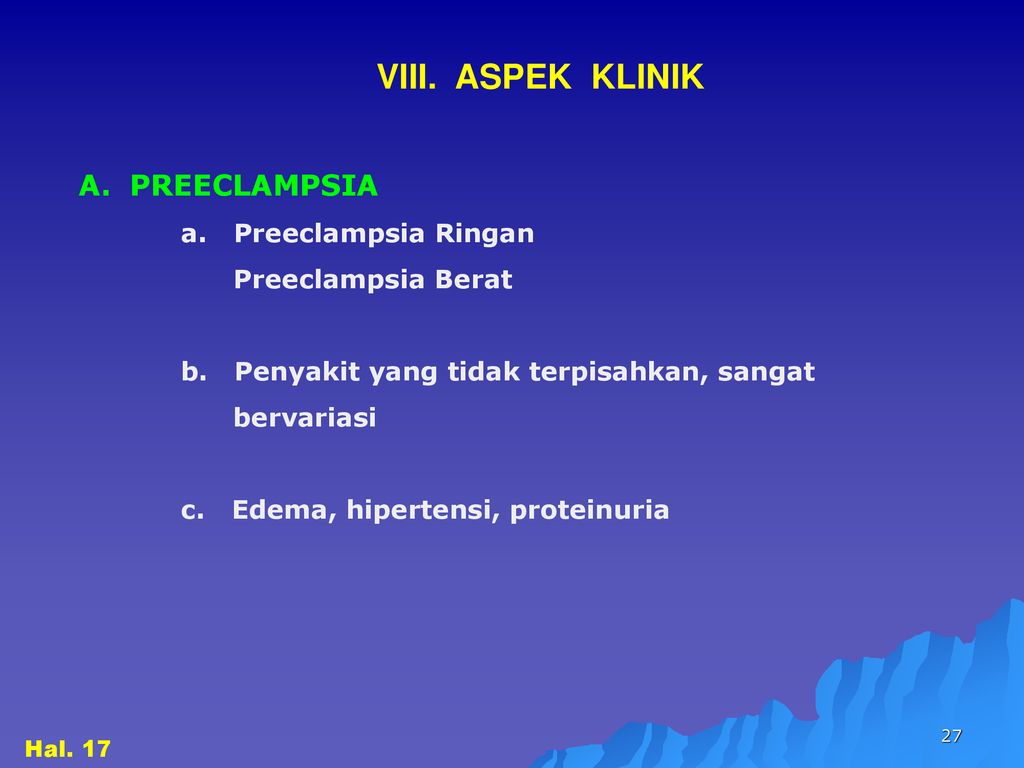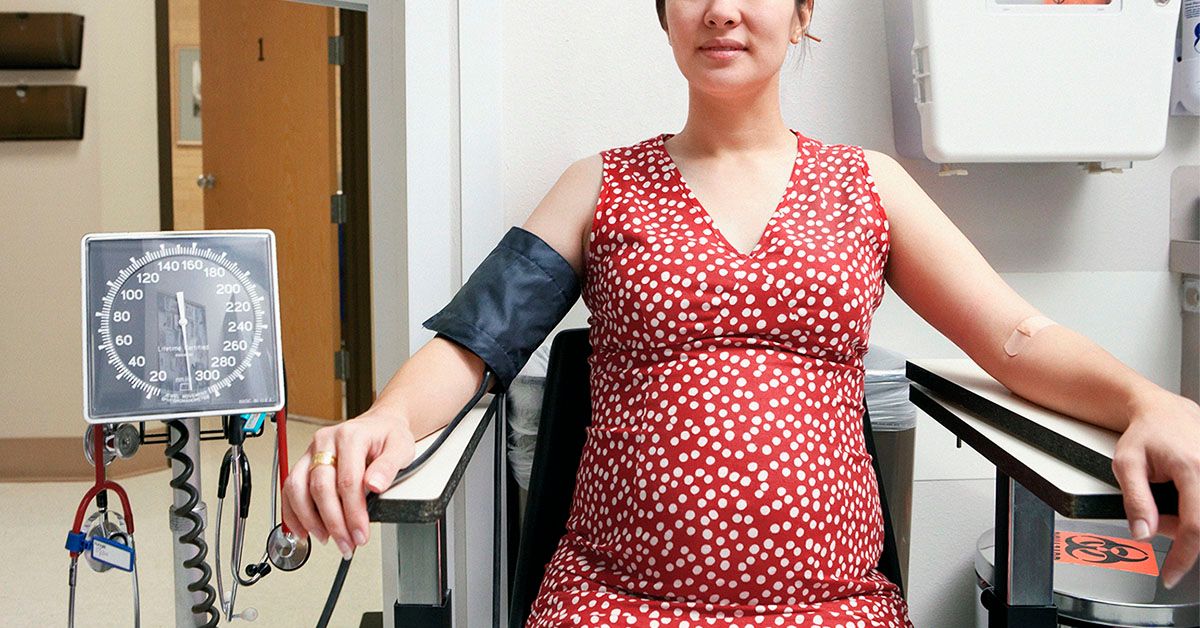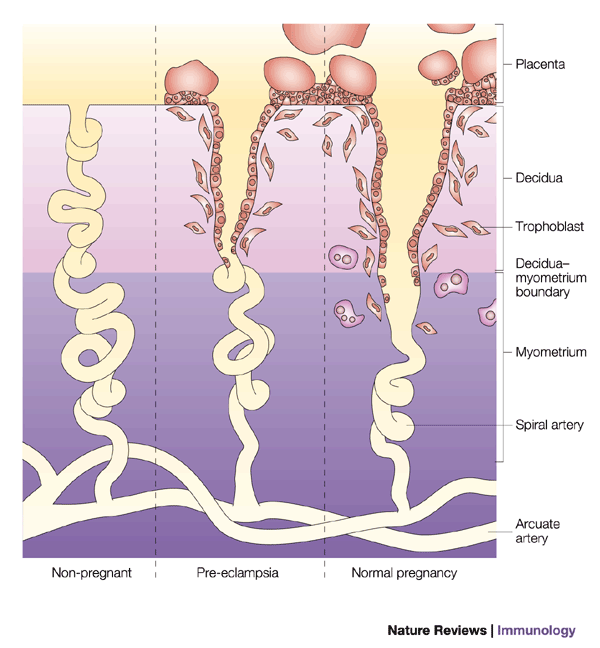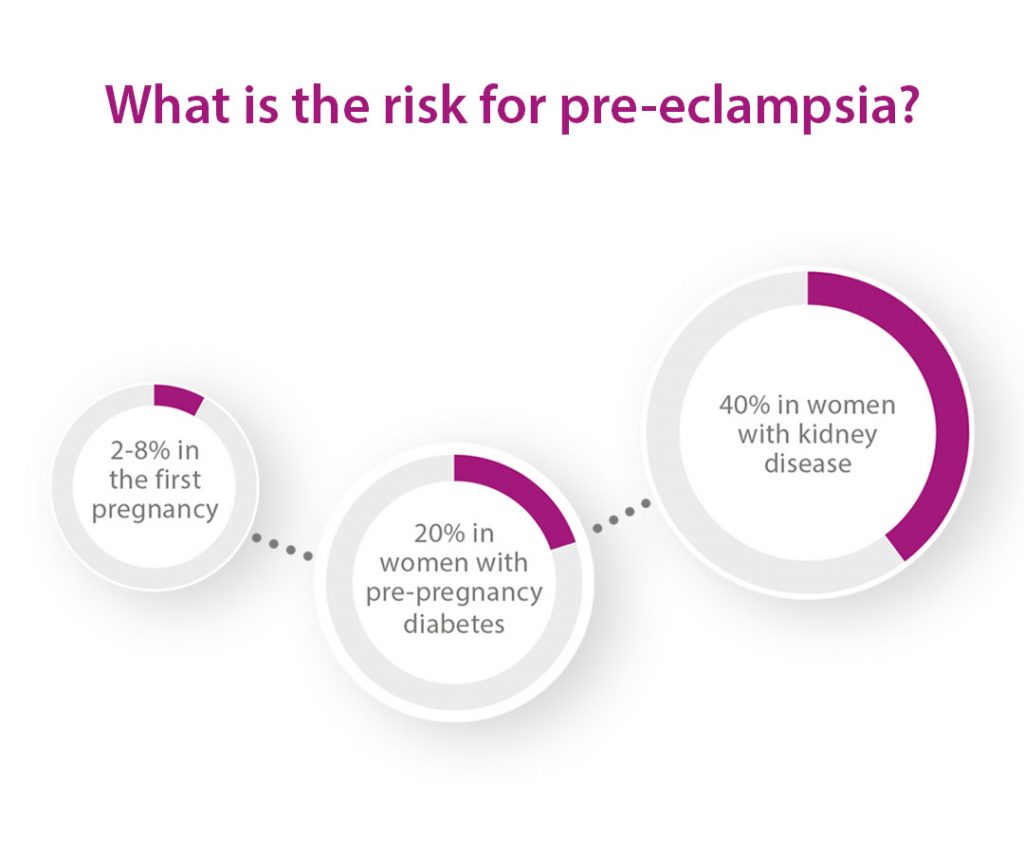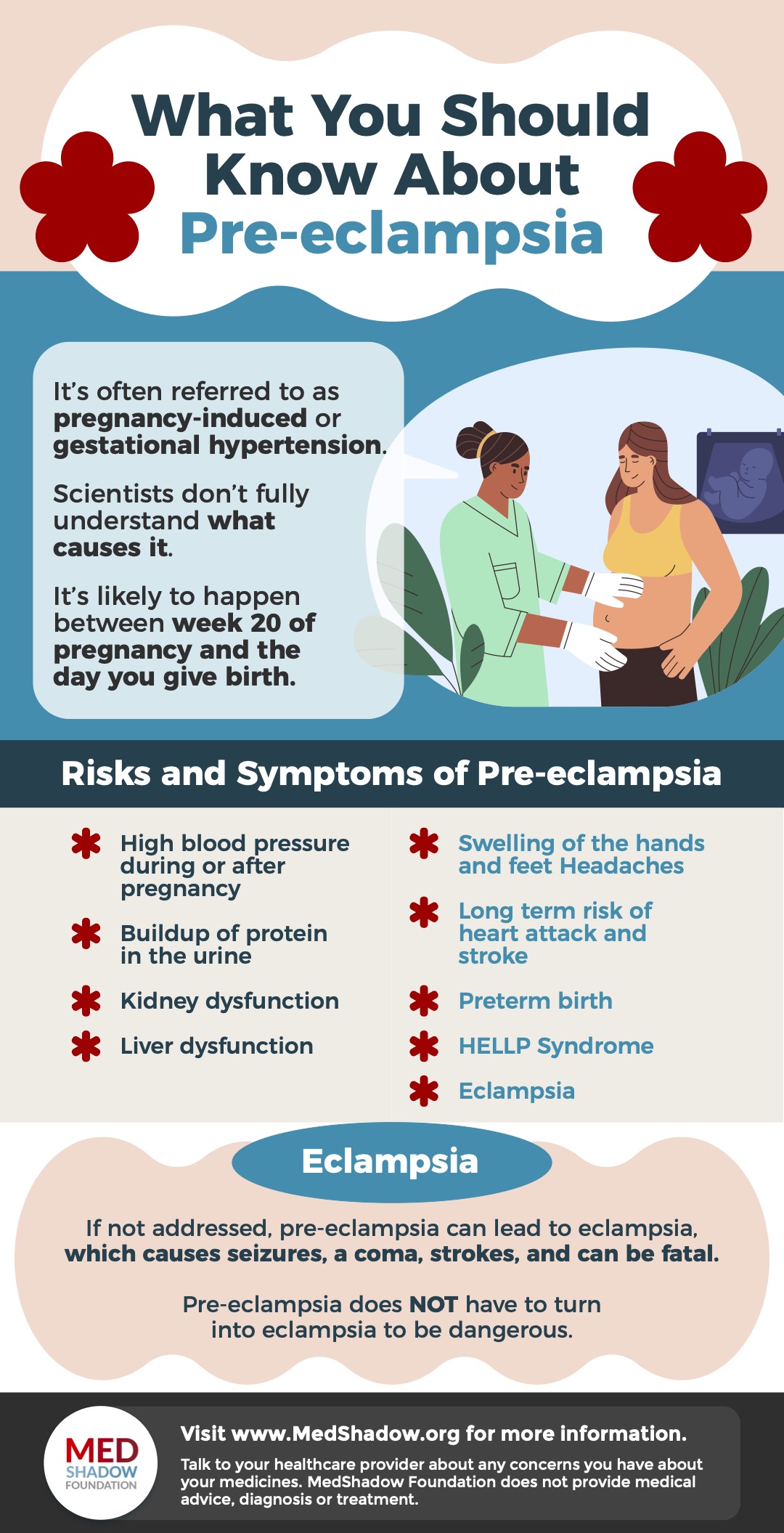Preeclampsia is a pregnancy complication that can have serious consequences for both the mother and the baby if left untreated. According to Healthline, it is essential to recognize the causes and symptoms of preeclampsia to ensure prompt medical attention. In this article, we will delve into the world of preeclampsia, exploring its causes, symptoms, and risks to provide you with a comprehensive understanding of this condition.
What is Preeclampsia?
Preeclampsia is a condition characterized by high blood pressure and damage to organs such as the liver and kidneys during pregnancy. It typically develops after 20 weeks of gestation and can range from mild to severe. If left untreated, preeclampsia can lead to complications such as premature birth, low birth weight, and even stillbirth.
Causes of Preeclampsia
While the exact cause of preeclampsia is still unknown, several factors can increase the risk of developing this condition. These include:
Family history: Women with a family history of preeclampsia are more likely to develop the condition.
Age: Women over 35 years old are at a higher risk of developing preeclampsia.
Obesity: Excess weight can increase the risk of preeclampsia.
Multiple pregnancy: Carrying twins or other multiples can increase the risk of preeclampsia.
Pre-existing medical conditions: Women with pre-existing medical conditions such as high blood pressure, diabetes, or kidney disease are at a higher risk of developing preeclampsia.
Symptoms of Preeclampsia
The symptoms of preeclampsia can vary from woman to woman, but common signs include:
High blood pressure: This is the most common symptom of preeclampsia.
Protein in the urine: The presence of protein in the urine can indicate kidney damage.
Severe headaches: Headaches can be a sign of high blood pressure.
Vision changes: Blurred vision, double vision, or sensitivity to light can occur.
Nausea and vomiting: These symptoms can be a sign of liver damage.
Abdominal pain: Severe abdominal pain can be a sign of preeclampsia.
Risks of Preeclampsia
If left untreated, preeclampsia can lead to serious complications for both the mother and the baby. These include:
Preterm birth: Preeclampsia can lead to premature birth, which can increase the risk of health problems for the baby.
Low birth weight: Babies born to mothers with preeclampsia may have a low birth weight, which can increase the risk of health problems.
Stillbirth: In severe cases, preeclampsia can lead to stillbirth.
Preeclampsia is a serious pregnancy complication that requires prompt medical attention. By understanding the causes and symptoms of preeclampsia, women can take steps to reduce their risk and ensure a healthy pregnancy. If you are experiencing any symptoms of preeclampsia, it is essential to contact your healthcare provider immediately. With proper medical care, women with preeclampsia can have a healthy pregnancy and a healthy baby.
Note: This article is for informational purposes only and should not be considered as medical advice. If you have any concerns about preeclampsia or any other health issue, please consult a healthcare professional.

